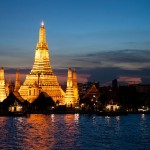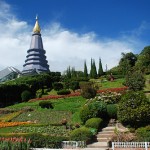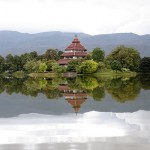In the past, the influx of tourists left Thailand little time to cope with millions of travelers that take more than just pictures and leave with more than just footprints. As a result, the ecotourism trail in Thailand has somewhat gone cold in favor of the more established yellow brick road paved in gold.
But if Thailand’s “green routes” are any indication, then the country appears to be turning a new leaf.
In April 2011, the Tourism Authority of Thailand (TAT) mapped out 20 green routes which took over a decade to pioneer and 18 months to plan. Four routes are now established, with the rest still in development stage. These pioneer green routes include Central Thailand, Isaan in the northeast and the northern provinces of Chiang Mai and Chiang Rai.
Rice field in Chiang Mai (Photo by bfick)
So if you want to hypermile but leave minimum carbon footprint, follow this winding trail paved in green.
Central Thailand
The trail is dubbed by TAT as “The Flavors and Fragrances of Central Thailand.” The journey starts at Samut Songkram where visitors can see how Mae Klong Market co-locates in an active railway system. (The vendors fold up their umbrellas when the train approaches to reveal a railway that the trains pass through 8 times a day.) A boat ride on the Mae Klong River offers travelers a glimpse of the agricultural way of life along its banks. Then it’s on to Amphawa coconut plantations where visitors can observe how coconut sugar is produced and sample classic Thai dessert made from fresh coconut milk and coconut sugar. A stop at Ban Thamrong for a sneak peek at the sugar palm trees and the Golden Hermitage along the banks of the Mae Klong River is included, along with a short walk on the “Salt Road” to see how salt is farmed and to sample local dried fish.
Isaan
“The Charm of Isaan Life” highlights visits to the Korat Fossil Museum showcasing petrified wood, elephant and dinosaur fossils. Green travelers are taken to see Thai silk weaving up close. A visit to the Elephant Conservation Center allows interaction with these forest hard workers and educates visitors about elephant life cycles and their habitats. A four-hour trek to Khao Yai National Park, a UNESCO World Heritage Site, completes the itinerary.
Chiang Mai
“The Spirit of Lanna” trail starts in Ban Ta Pa Pao, a community known for their herbal medicine culture. The highlights of the trail include a few hours’ stop at the Lampang Herb Conservation Assembly, the Lampang River, the Elephant Conservation Center and the Wat Pong Sanuk. A shop around Gad Gongta Market, a ride on open horse carriage on the streets of Lampang to look at traditional Lanna houses, and a taste of Thai rice crackers made of sticky rice and watermelon juice are refreshing digressions along the trail.
Chiang Rai
Chiang Rai is “At the Cultural Crossroads,” being located close to the borders of Laos and Burma. The journey starts at the Mae Fah Luang Botanical Gardens in Doi Tung. A stop at the white temple Wat Rong Kun and an interaction with the colorfully-clad Akha people is one of the trail’s highlights. Exploring the night market and the Chiang Rai town on tricycles, learning how to cook spring rolls and fried Thai noodles, and soft-trekking in the community forests are just a few of the trip’s activities.
Explore the rest of the world
More from my site
Article by Chris
Chris had a passion to contribute to society especially to fellow travelers like himself. He also had a passion for Southeast Asia and frequently visited. While brainstorming ideas, he decided that a travel blog dedicated to his favorite countries, Thailand and Singapore, could be more beneficial than any guidebook. Only one year later did the blog’s success bring in more writers, more countries, and more readers.
- Google+ |
- More Posts (327)
Help others get the information they need by liking or sharing our page!
Follow @followloveblab
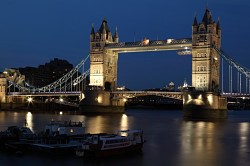 Discover marvelous architecture in London
Discover marvelous architecture in London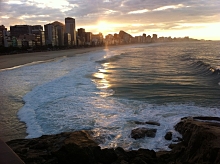 Enjoy one of the world’s most famous beaches
Enjoy one of the world’s most famous beaches